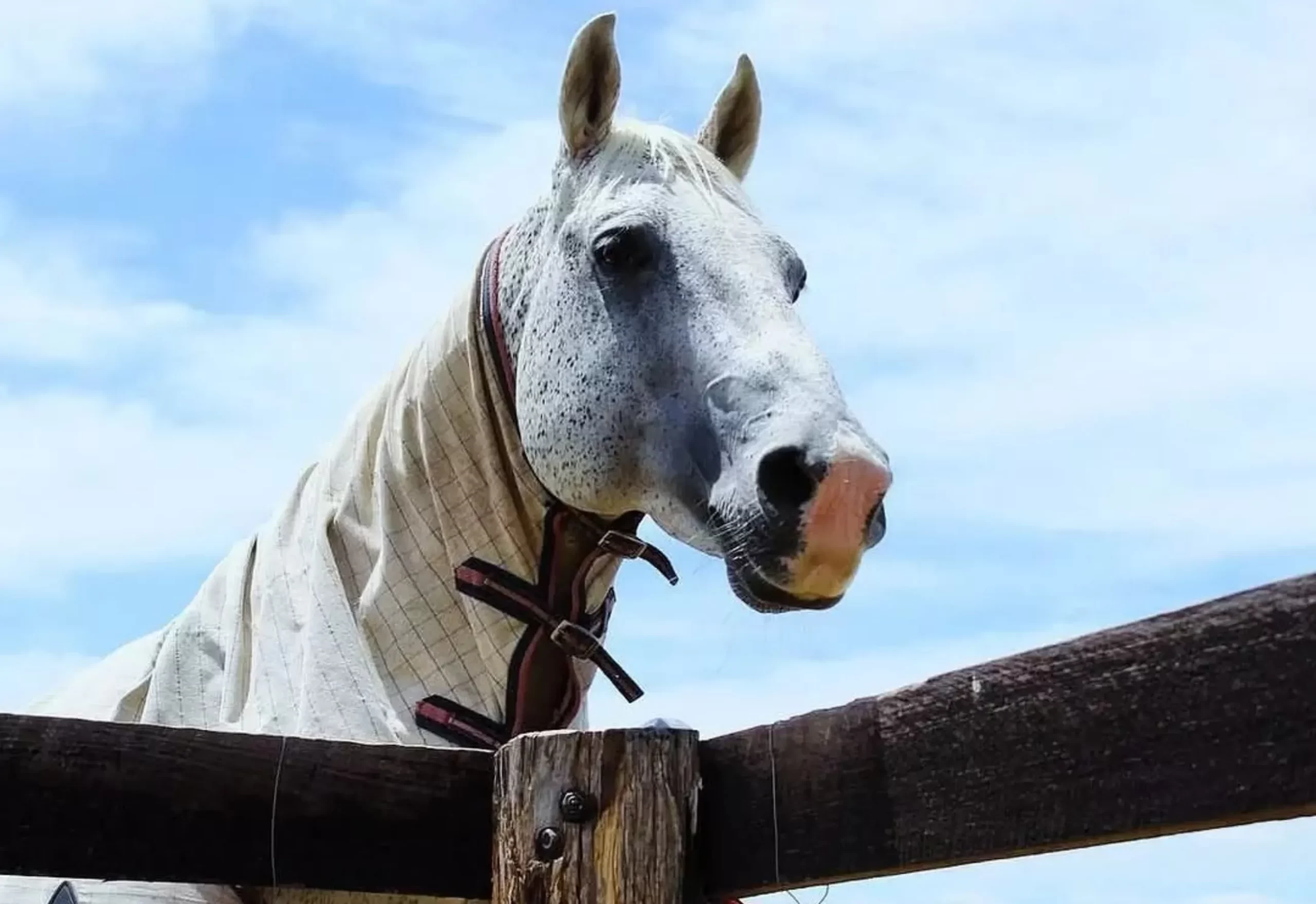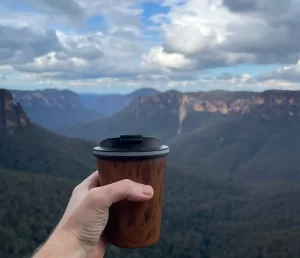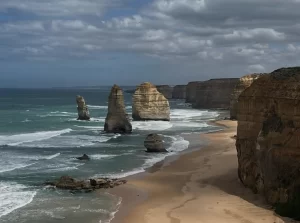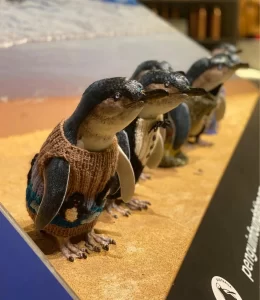Uluru-Kata Tjuta National Park, home to Ayers Rock and Tjuta National Park, is a gem of Central Australia. This is not just an Australian icon but where the old cultures and stories of the Indigenous people come to life.
Riding horseback around Uluru is an immersive storytelling experience that connects you to the landscape and cultural heritage of this amazing region. It’s not just a pretty ride. It’s an opportunity to explore the living culture and natural history of the traditional owners of the land.
From sand dunes to ancient rock formations, horseback riding in this part of the Australian outback is a once-in-a-lifetime experience. The views and colours of the landscape are epic.
Horseback Riding Around Uluru
Riding through the Australian desert on horseback, you’ll pass by the sand dunes and desert plains that make up this landscape. You’ll see the dome walls of Walpa Gorge and the acacia woodlands that make this place so beautiful.
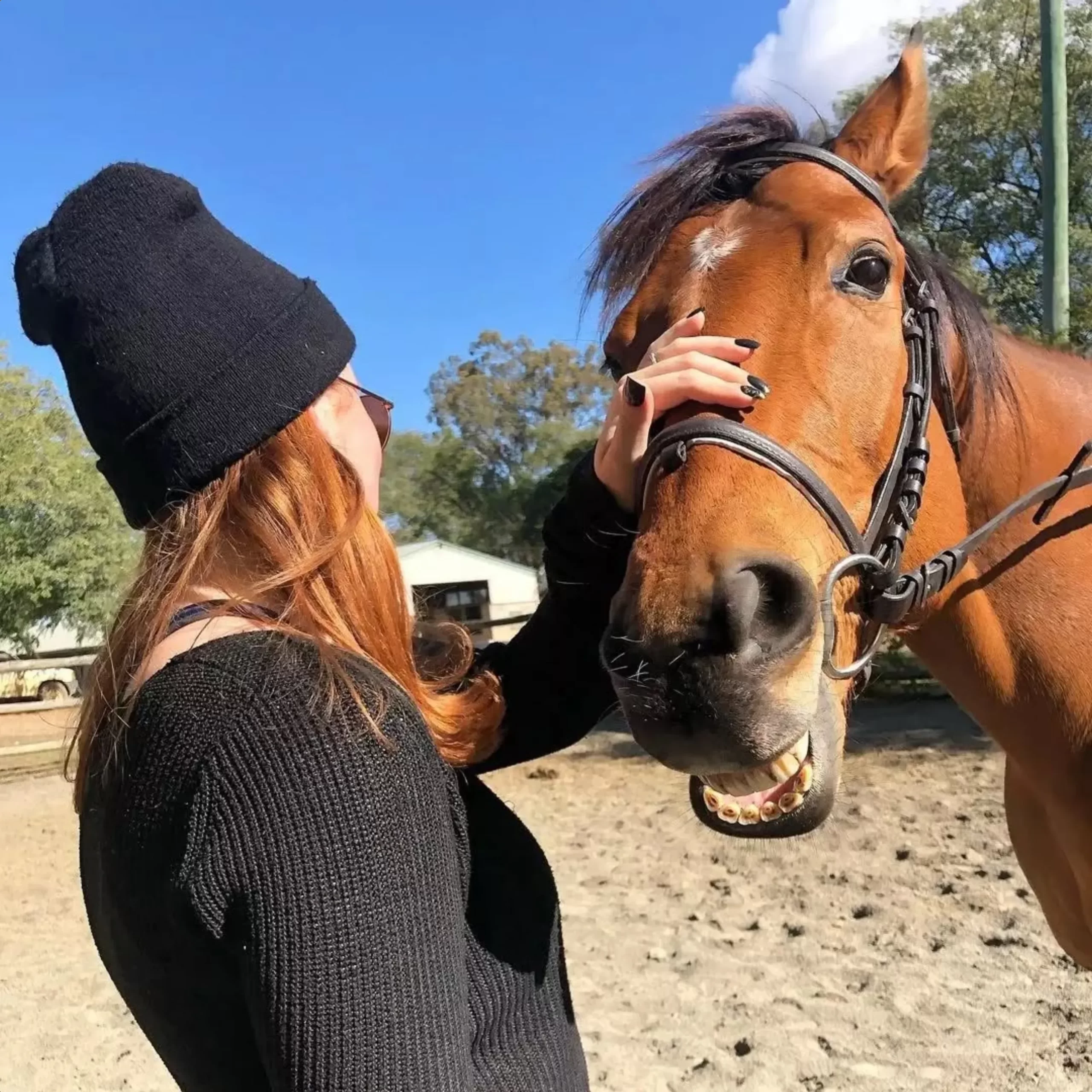
As you ride at a pace that allows you to take it all in, you’ll see the landscape unfold before you. Unlike a helicopter flight or a scenic flight which gives you a bird’s eye view, horseback riding keeps you on the ground and gives you a direct and intimate connection with the desert floor and the majestic surroundings.
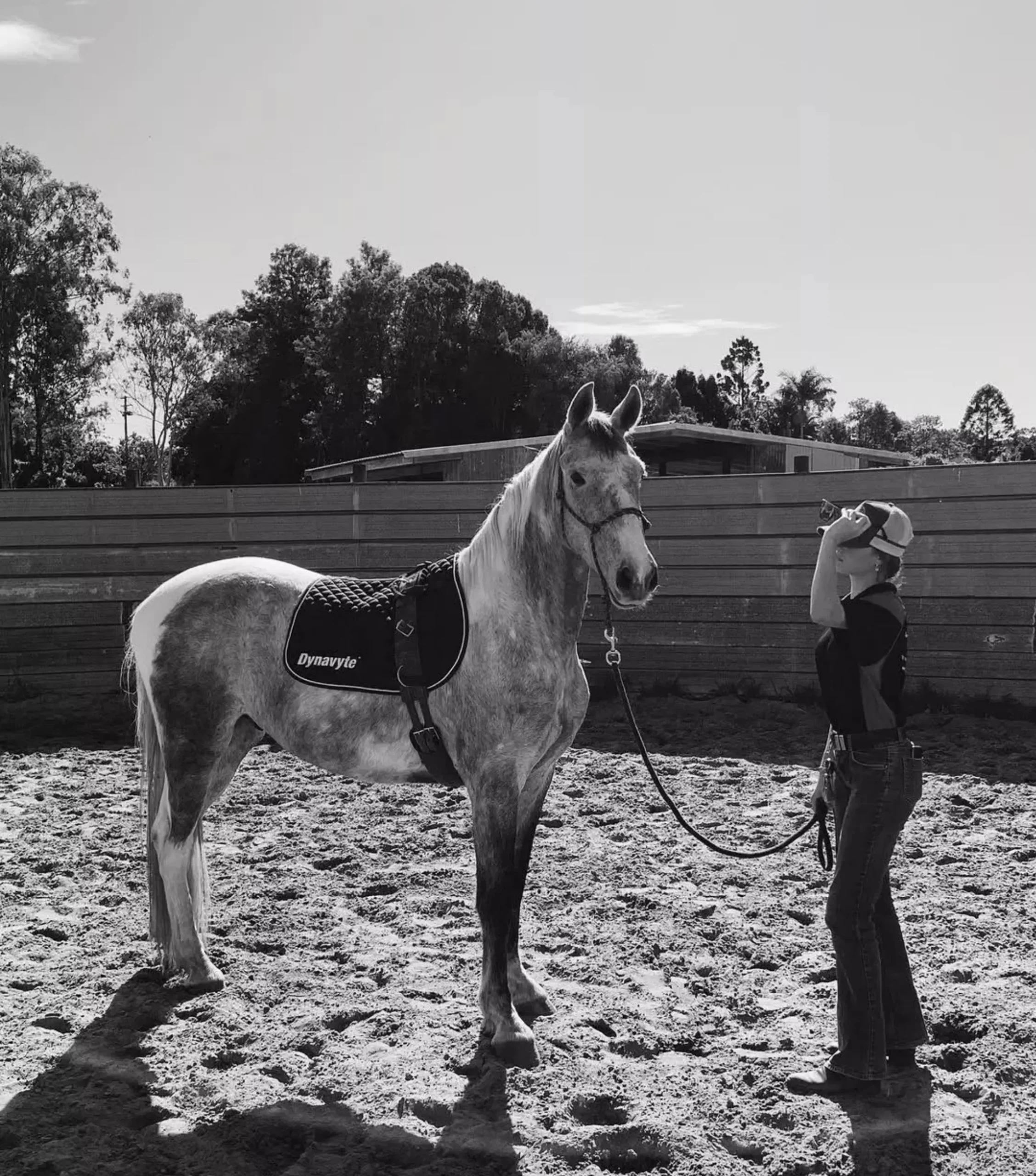
The experience is suitable for beginners and experienced riders. For those who have never horseback-ridden before, the guides will provide instructions to ensure everyone has a safe and enjoyable ride. For experienced horse riders, you’ll love the challenge of riding the trails around this icon while taking in the views.
Cultural Significance
Uluru is not just a natural wonder but a culturally significant site for the Aboriginal people. The area is full of rock art that tells the Dreamtime stories of the Anangu people about their connection to the land and the creation stories that have been part of their lives for thousands of years.
On your ride you’ll learn about the cultural history of the area, how the Indigenous culture has influenced the way this land is managed and preserved. As you walk the Mala Walk or ride to Talinguru Nyakunytjaku you’ll gain a greater understanding of the traditions and respect the traditional owners have for Uluru.
The guides will share information about the Aboriginal culture, the significance of the old rock art, the creation stories and the living culture that still exists in the Australian outback. You’ll also learn about the European explorers who have shaped the natural history of the region and how the land has been managed over time.
Other attractions around Uluru
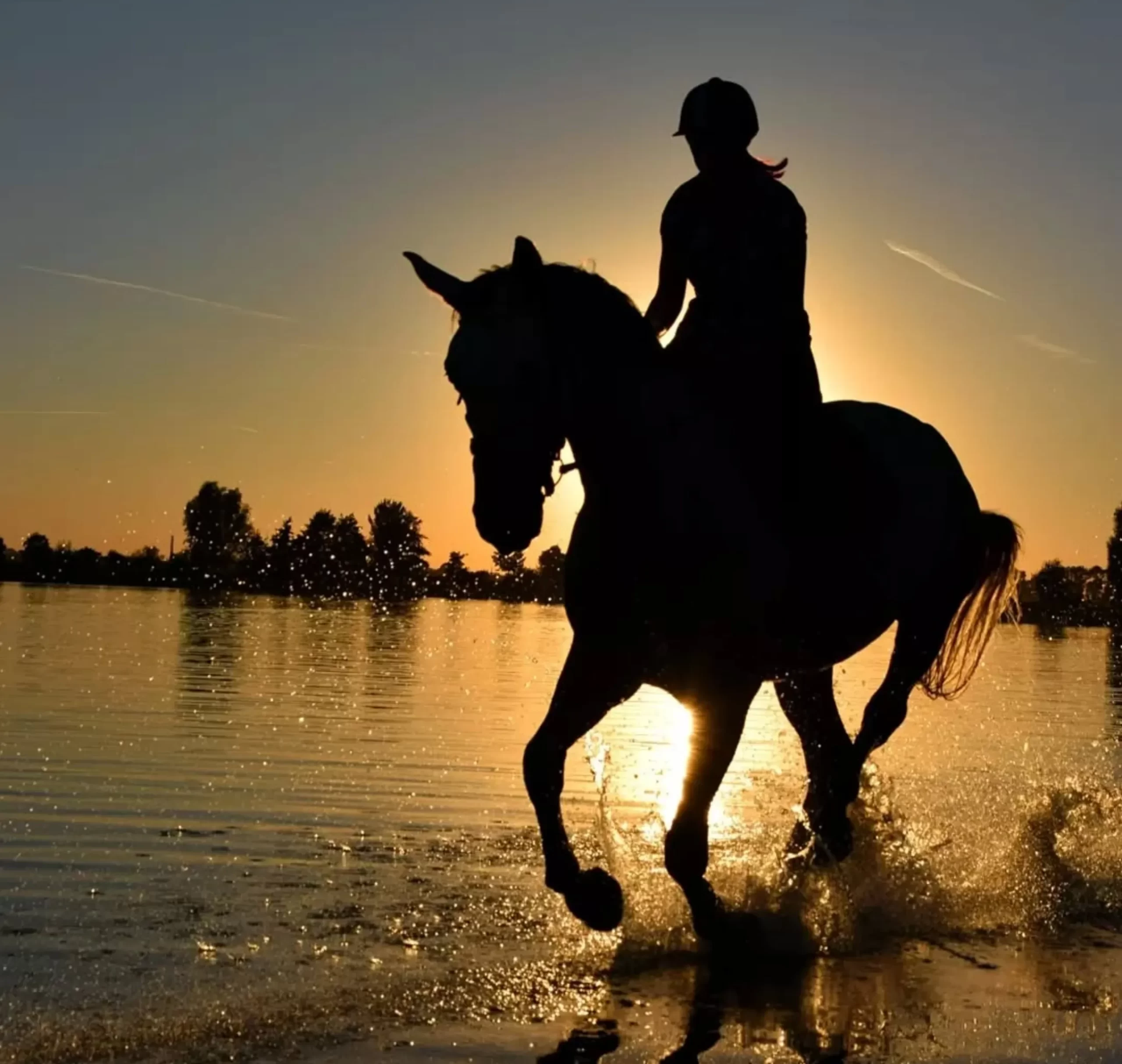
The area around Uluru-Kata Tjuta National Park has heaps of other attractions to see. Whether you’re taking a day trip to Watarrka National Park, exploring the dome walls of Tjuta National Park or visiting the Glen Helen Gorge, there are so many ways to get amongst this amazing landscape.
Don’t miss the Ayers Rock Resort, where you can dine under the stars, taste local Australian beer and try some of the region’s traditional foods. If you’re on a budget, camping at the Ayers Rock Campground is a great way to be right in the desert.
Make sure to check out the Field of Light near Uluru, which lights up the desert landscape with beautiful lights from sunrise to sunset. This art installation adds to the cultural experience, combining natural beauty with art.
Outdoor activities beyond horseback riding
If you want to get further into the outback try some of the other activities that showcase the diversity of Central Australia. Outback Cycling to Harley Davidson rides there are heaps of popular activities to get different views of the landscape.
If you want to do some epic Uluru trips try driving to Standley Chasm or Lake Amadeus and see the outback icons and famous landmarks of the region. The desert landscape here with its desert plains and ancient domes has heaps of photo opportunities for your favourite photo spots.
Scenic flights and helicopter flights over the area give you breathtaking views of the Australian desert, the birds that live here and the vast expanse of the desert floor. These flights give you epic views of Ayers Rock, Watarrka National Park and the surrounding area.
Tips for a great horseback ride
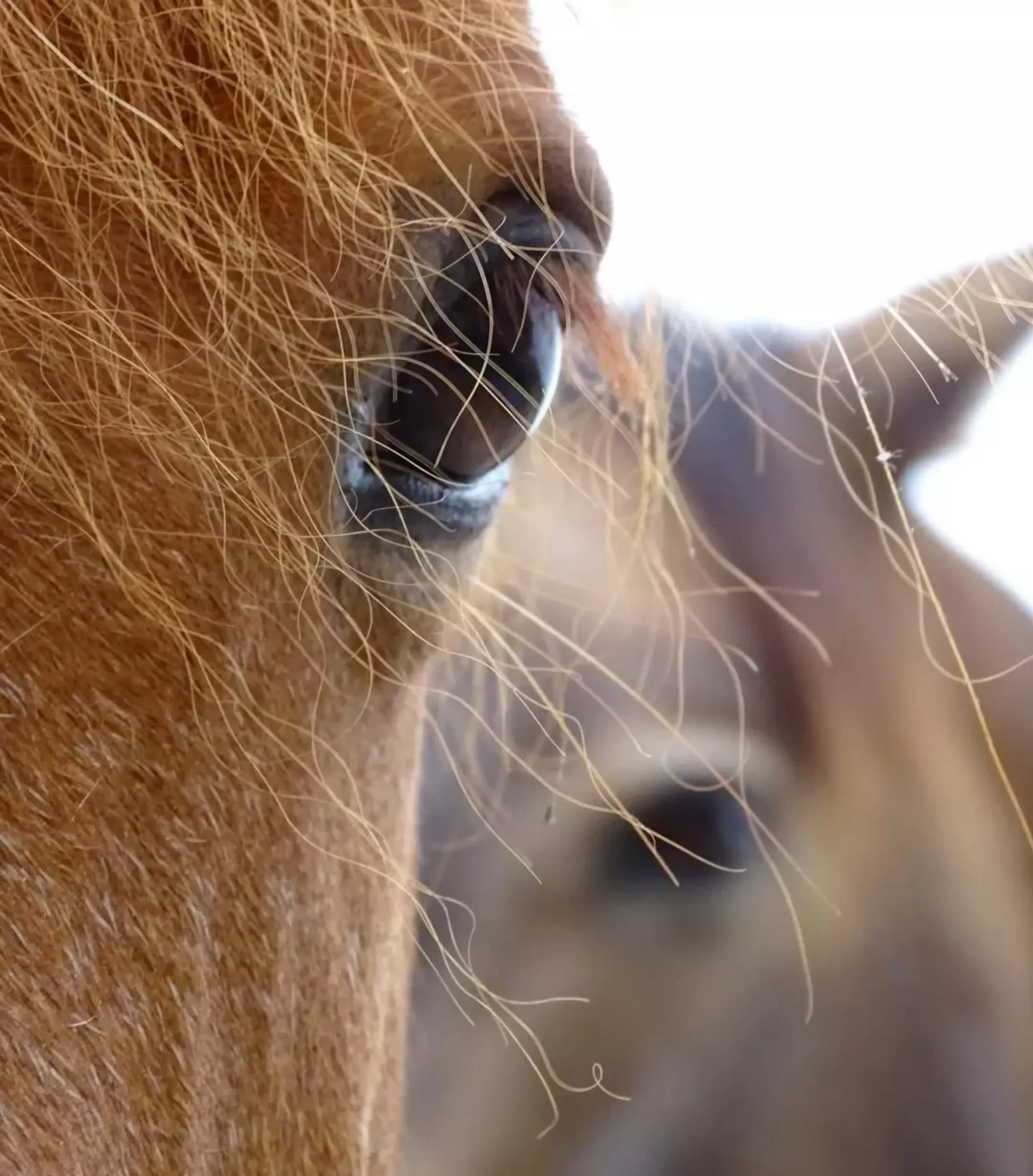
To get the most out of your horseback ride plan to visit during the cooler months (April to September) when the outback weather is more pleasant. The cool night air and changing colours of the landscape make this the perfect time for outdoor activities.
Don’t forget your sun protection – hats, sunscreen and plenty of water as the desert sun is intense. Closed toe shoes are a must for comfort and safety while riding.
Take in the views at sunrise dune viewing areas and dedicated viewing platforms around Uluru. Whether it’s sunset at Uluru or sunrise over the desert landscape, these are photo opportunities.
If you want to go further afield Equathon Horse Riding Adventures have Uluru tours for experienced horse riders to get deeper into this amazing landscape.
The Bigger Picture
Uluru-Kata Tjuta National Park is not just about the icons; it’s also a place of cultural heritage and Aboriginal culture. The guides will share the stories and traditional practices of the Indigenous people.
Visiting the Mala Carpark, Talinguru Nyakunytjaku and surrounding areas will allow you to connect with the spiritualness of Uluru, the cultural activities and the stunning lights at dawn and dusk.
The nearby attractions such as the Sunshine Coast, Western Australia and South Australia also have unique experiences to add to your Central Australia journey. These regions are full of outback icons and Australian landmarks and are perfect for an epic desert road trip.
Conclusion
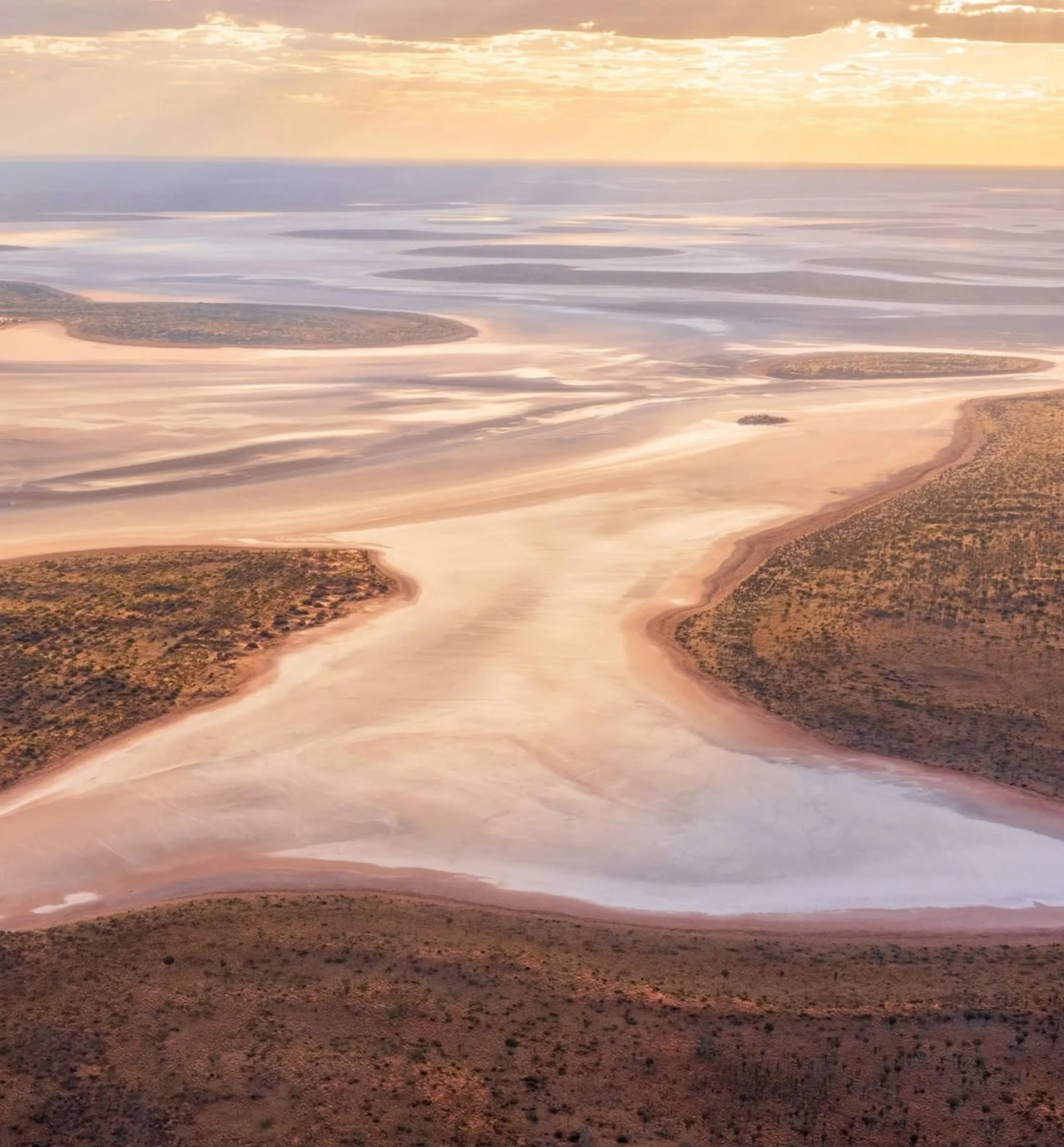
Riding horses around Uluru is more than just a popular activity; it’s a cultural and once in a lifetime experience that gets you into the landscape and history of this special place. From the dome walls of Tjuta National Park to the views of the desert floor this is a deep connection to the land and the people.
Whether you’re on an outback road trip or just looking for a day trip to one of Australia’s icons, horseback riding at Uluru is an adventure that delivers epic views, cultural experiences, and memories that will last a lifetime.
FAQ
Is horseback riding around Uluru suitable for beginners?
Yes! Most horseback best Uluru tours are all levels including beginners with family friendly options and experienced guides to ensure a smooth ride.
What should I wear for horseback riding at Uluru-Kata Tjuta National Park?
Wear comfortable clothing, closed in shoes and bring a hat, sunscreen and plenty of water. Sun protection is key in the desert.
Can I do horseback riding and other activities in the area?
Yes, you can combine your horseback ride with other activities, such as a scenic flight, Outback Cycling or even a visit to the Field of Light. There are many ways to experience and enjoy the area.
Are there age or weight restrictions for the horseback riding tours at Uluru?
Most tours Uluru have age and weight restrictions. Check with the tour operator before you book.
When is the best time to horseback ride at Uluru and Tjuta National Park?
The cooler months, April to September, are the best time to ride in the outback. The weather is more comfortable, and the views of the desert are even more beautiful.
